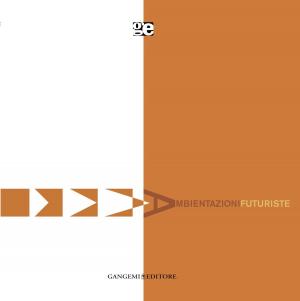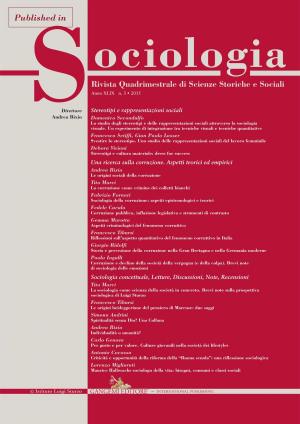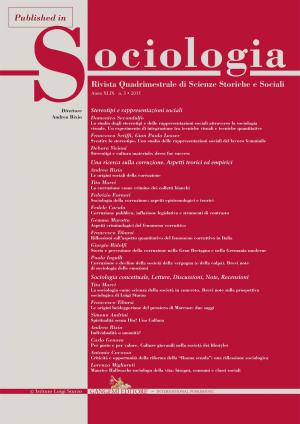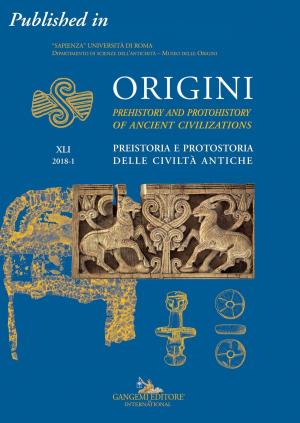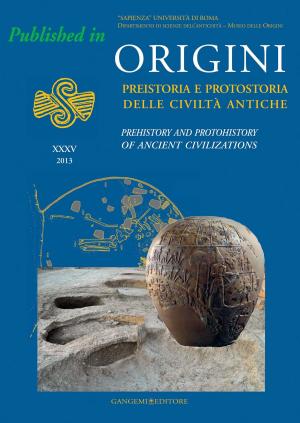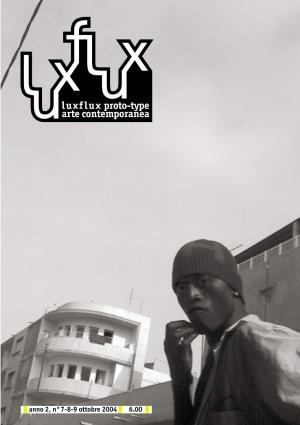A new world of work: inequality and inequity in 4th millennium BC Mesopotamia
Published in Origini n. XXXVIII/2015-2. Rivista annuale del Dipartimento di Scienze dell’Antichità – “Sapienza” Università di Roma | Preistoria e protostoria delle civiltà antiche – Prehistory and protohistory of ancient civilizations
Nonfiction, Social & Cultural Studies, Social Science, Archaeology, Anthropology| Author: | Augusta McMahon | ISBN: | 9788849247985 |
| Publisher: | Gangemi Editore | Publication: | April 5, 2017 |
| Imprint: | Gangemi Editore | Language: | English |
| Author: | Augusta McMahon |
| ISBN: | 9788849247985 |
| Publisher: | Gangemi Editore |
| Publication: | April 5, 2017 |
| Imprint: | Gangemi Editore |
| Language: | English |
This paper explores aspects of inequality in Mesopotamia during the 4th millennium BC. This millennium was the era of early cities, which were accompanied by expanded hierarchies of power, new social identities, and innovative modes of working and labour management. Selected types of material culture–statues, amulets, eye idols, clay cone mosaics and bevelled-rim bowls– are explored. Their frequency, quality, raw materials, production and use contexts have a range of implications with regard to the status of their producers and their accessibility to users. Their varied accessibility in particular is illustrative of inequalities and inequities in Late Uruk/Late Chalcolithic Period Mesopotamia. In identifying past inequities in particular, it may be useful to think of ‘attached objects’ rather than ‘attached specialists’. | Il presente articolo intende esplorare alcuni aspetti dell’ineguaglianza in Mesopotamia nel corso del IV millennio a.C. Questo millennio vide l’origine delle più antiche città, accompagnate da gerarchie di potere espanse, nuove identità sociali e modi innovativi di organizzazione del lavoro. Classi selezionate di materiali quali statue, amuleti, idoli degli occhi, mosaici a coni d’argilla e beveled-rim bowls verrano prese in esame. Fattori quali la loro frequenza, qualità, materia prima, produzione e contesti di utilizzo hanno una serie di implicazioni riguardo allo status dei loro produttori e la loro accessibilità nei confronti dei fruitori. In particolare, la loro differente accessibilità testimonia ineguaglianze e iniquità nei periodi Tardo Uruk/Tardo Calcolitico in Mesopotamia. Nel tentativo di identificare ineguaglianze nel passato, in particolare, può essere utile considerare il concetto di attached objects piuttosto che di attached specialists.
This paper explores aspects of inequality in Mesopotamia during the 4th millennium BC. This millennium was the era of early cities, which were accompanied by expanded hierarchies of power, new social identities, and innovative modes of working and labour management. Selected types of material culture–statues, amulets, eye idols, clay cone mosaics and bevelled-rim bowls– are explored. Their frequency, quality, raw materials, production and use contexts have a range of implications with regard to the status of their producers and their accessibility to users. Their varied accessibility in particular is illustrative of inequalities and inequities in Late Uruk/Late Chalcolithic Period Mesopotamia. In identifying past inequities in particular, it may be useful to think of ‘attached objects’ rather than ‘attached specialists’. | Il presente articolo intende esplorare alcuni aspetti dell’ineguaglianza in Mesopotamia nel corso del IV millennio a.C. Questo millennio vide l’origine delle più antiche città, accompagnate da gerarchie di potere espanse, nuove identità sociali e modi innovativi di organizzazione del lavoro. Classi selezionate di materiali quali statue, amuleti, idoli degli occhi, mosaici a coni d’argilla e beveled-rim bowls verrano prese in esame. Fattori quali la loro frequenza, qualità, materia prima, produzione e contesti di utilizzo hanno una serie di implicazioni riguardo allo status dei loro produttori e la loro accessibilità nei confronti dei fruitori. In particolare, la loro differente accessibilità testimonia ineguaglianze e iniquità nei periodi Tardo Uruk/Tardo Calcolitico in Mesopotamia. Nel tentativo di identificare ineguaglianze nel passato, in particolare, può essere utile considerare il concetto di attached objects piuttosto che di attached specialists.

